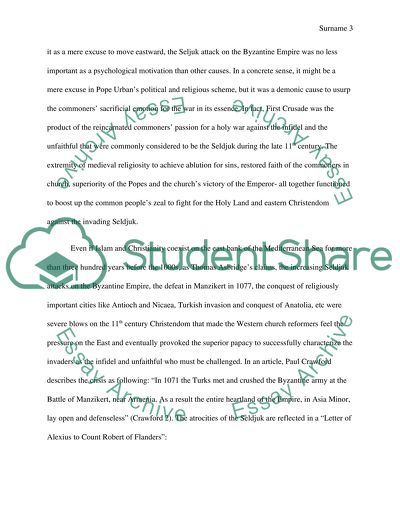Cite this document
(“The First Crusade Research Paper Example | Topics and Well Written Essays - 2000 words”, n.d.)
Retrieved from https://studentshare.org/family-consumer-science/1412432-the-first-crusade
Retrieved from https://studentshare.org/family-consumer-science/1412432-the-first-crusade
(The First Crusade Research Paper Example | Topics and Well Written Essays - 2000 Words)
https://studentshare.org/family-consumer-science/1412432-the-first-crusade.
https://studentshare.org/family-consumer-science/1412432-the-first-crusade.
“The First Crusade Research Paper Example | Topics and Well Written Essays - 2000 Words”, n.d. https://studentshare.org/family-consumer-science/1412432-the-first-crusade.


